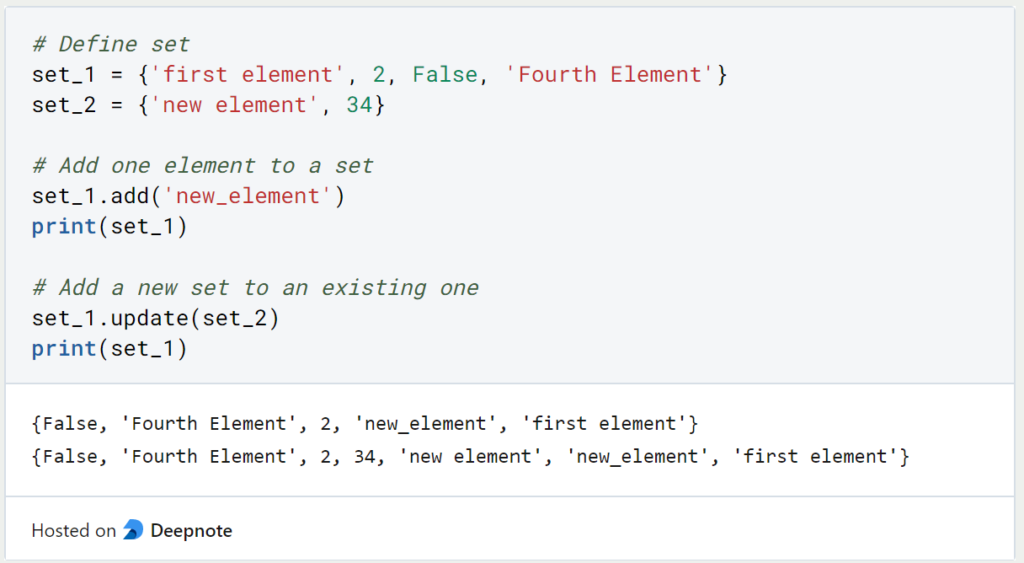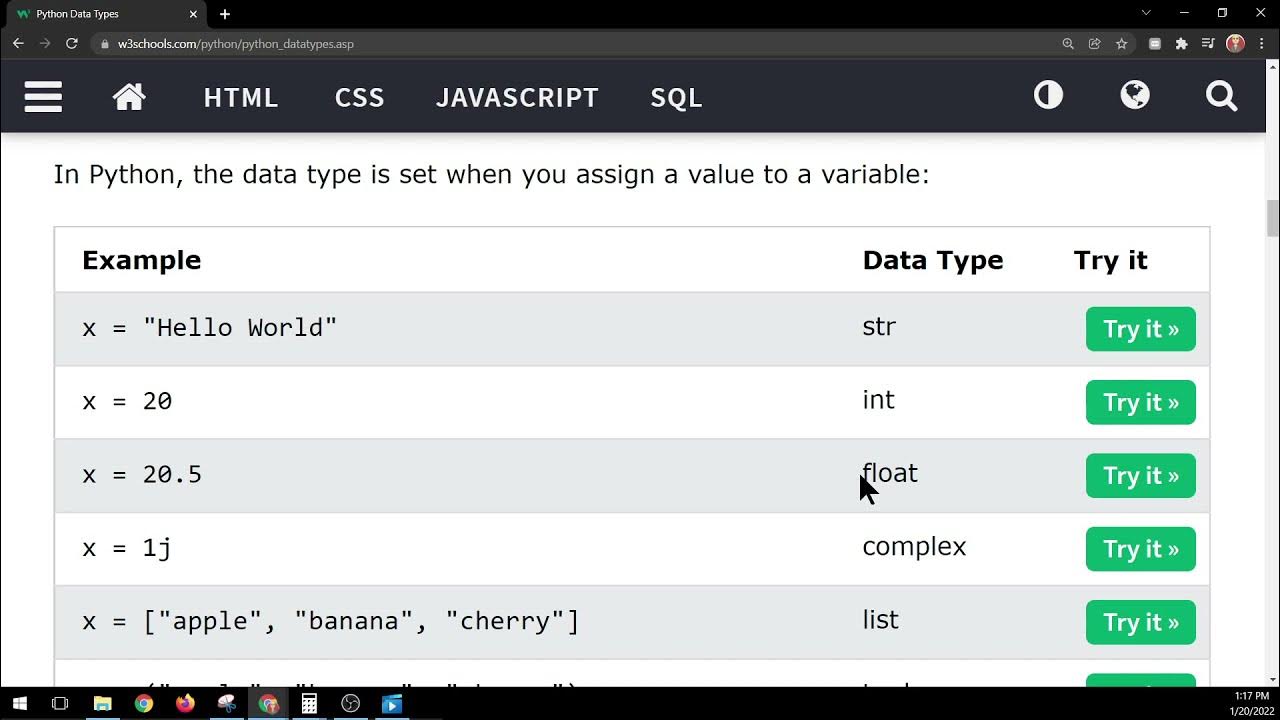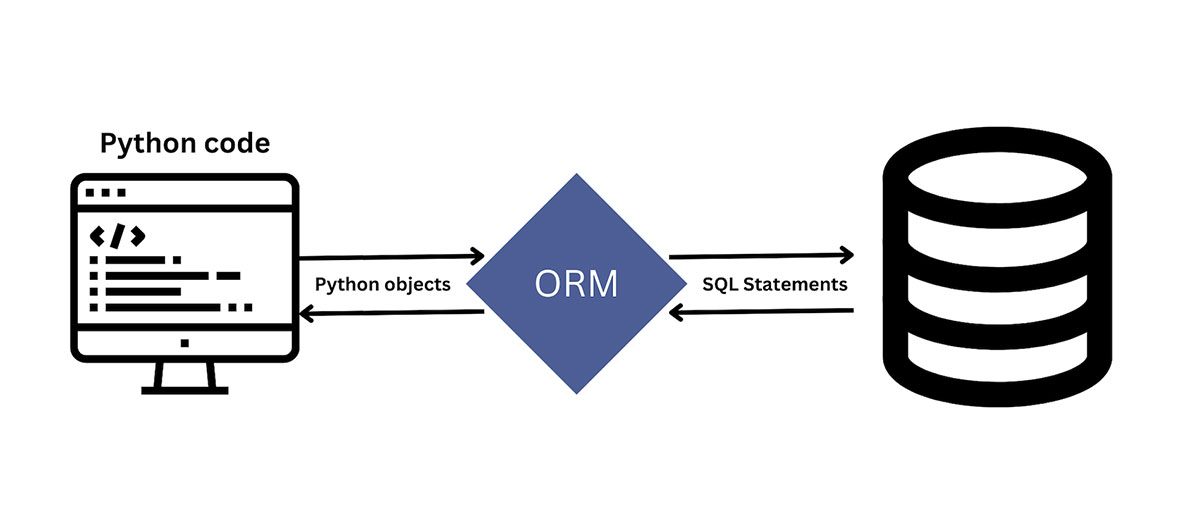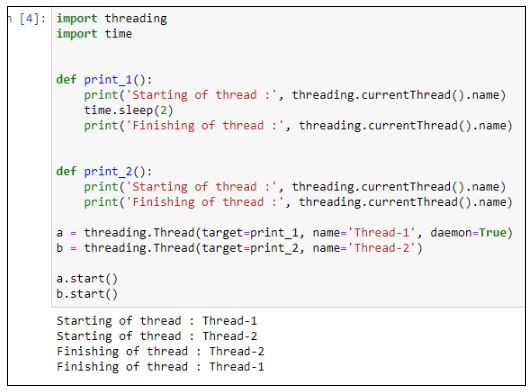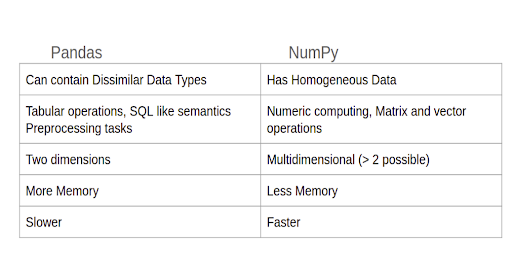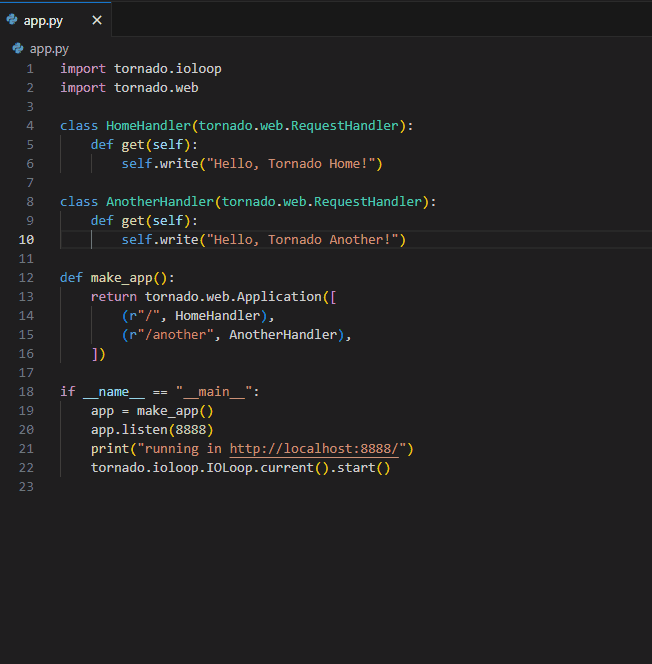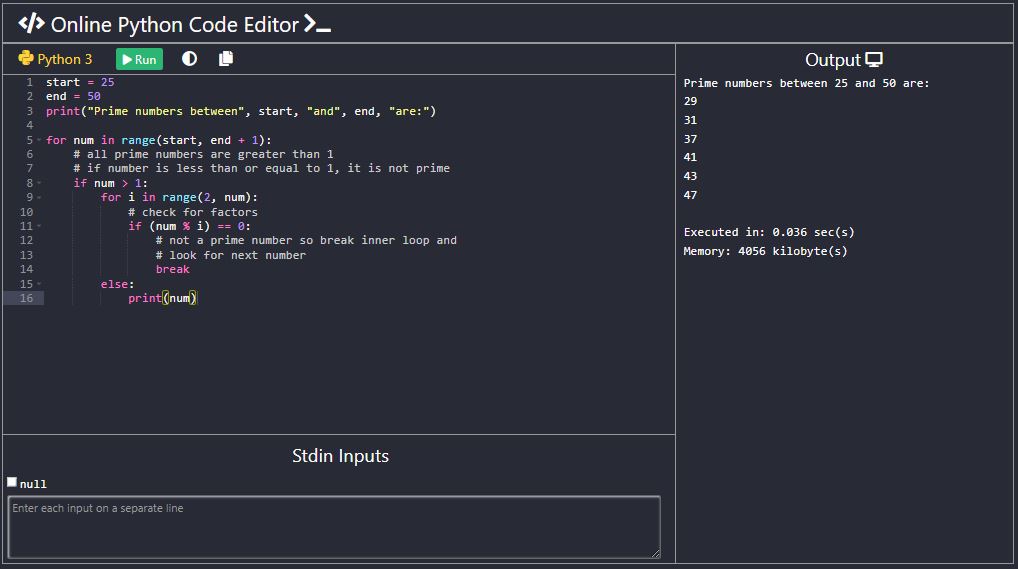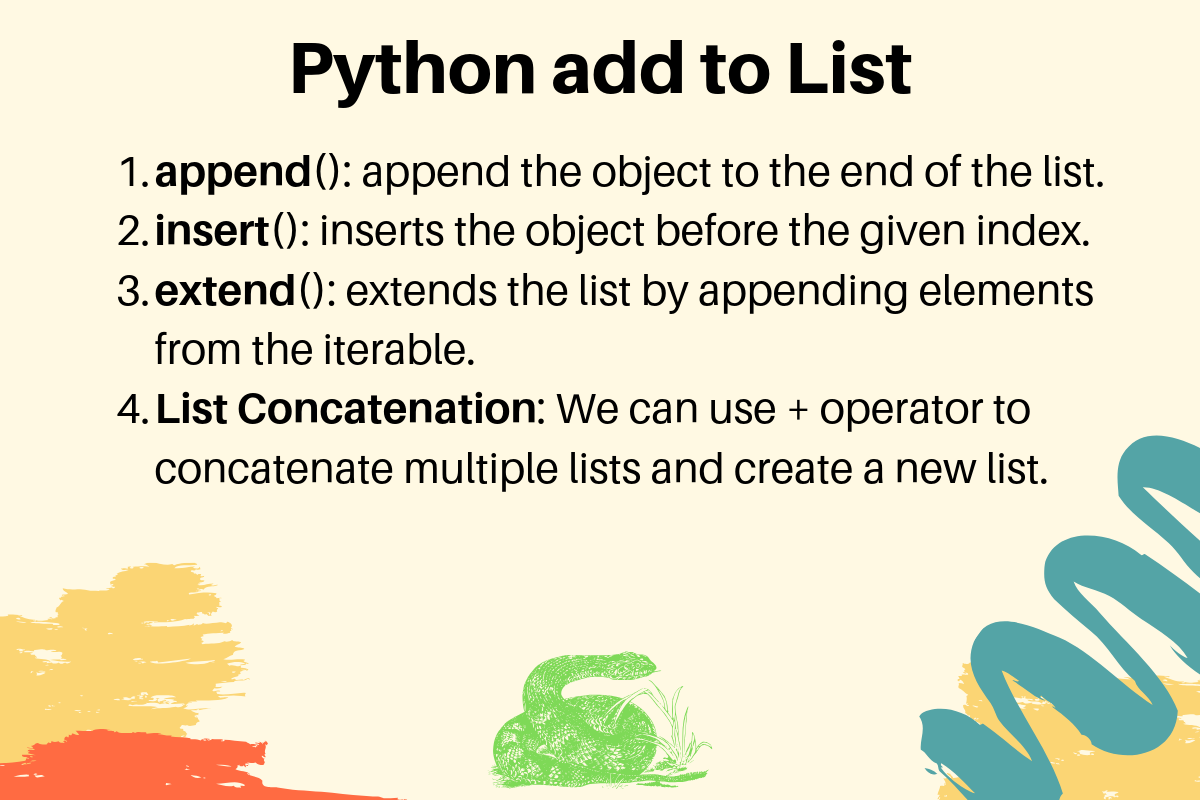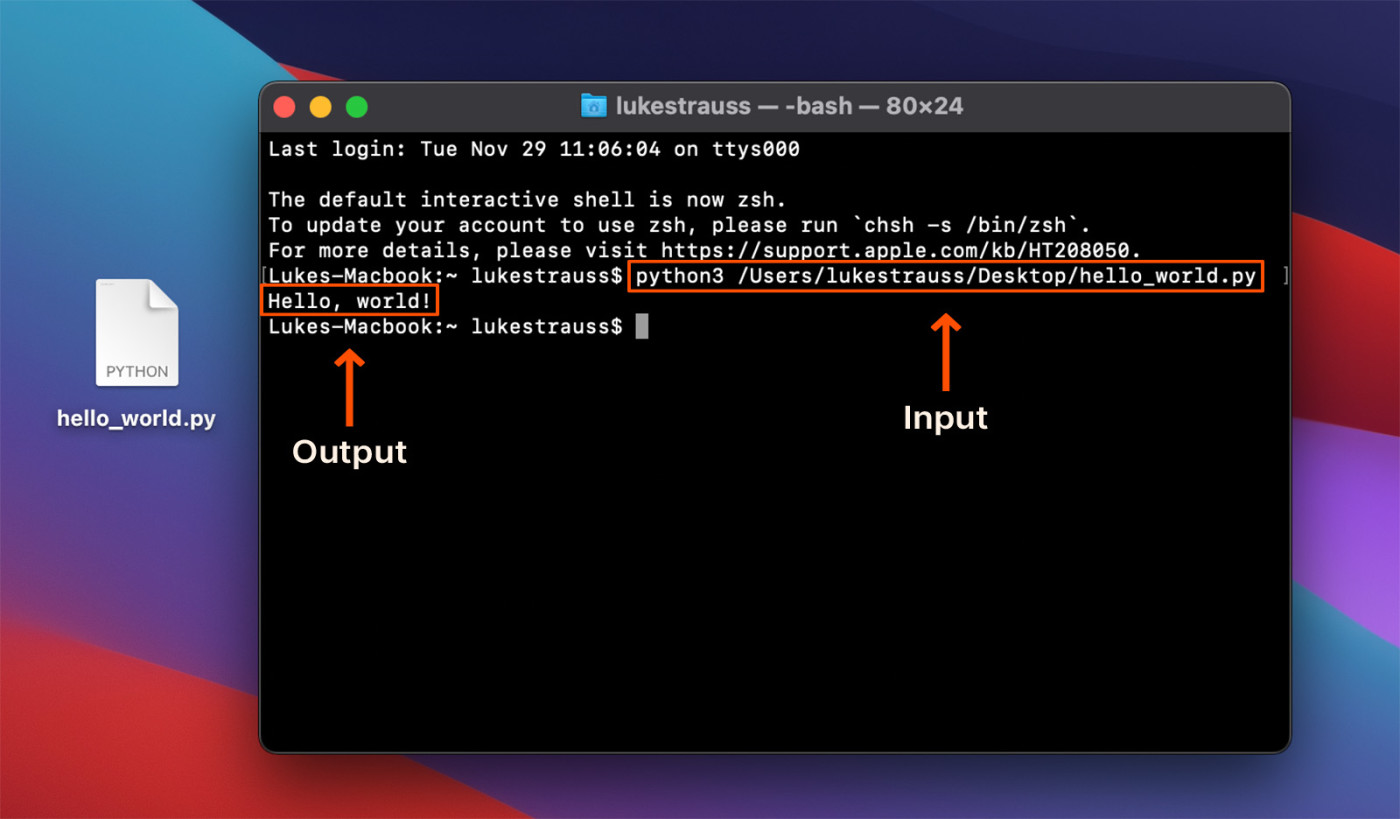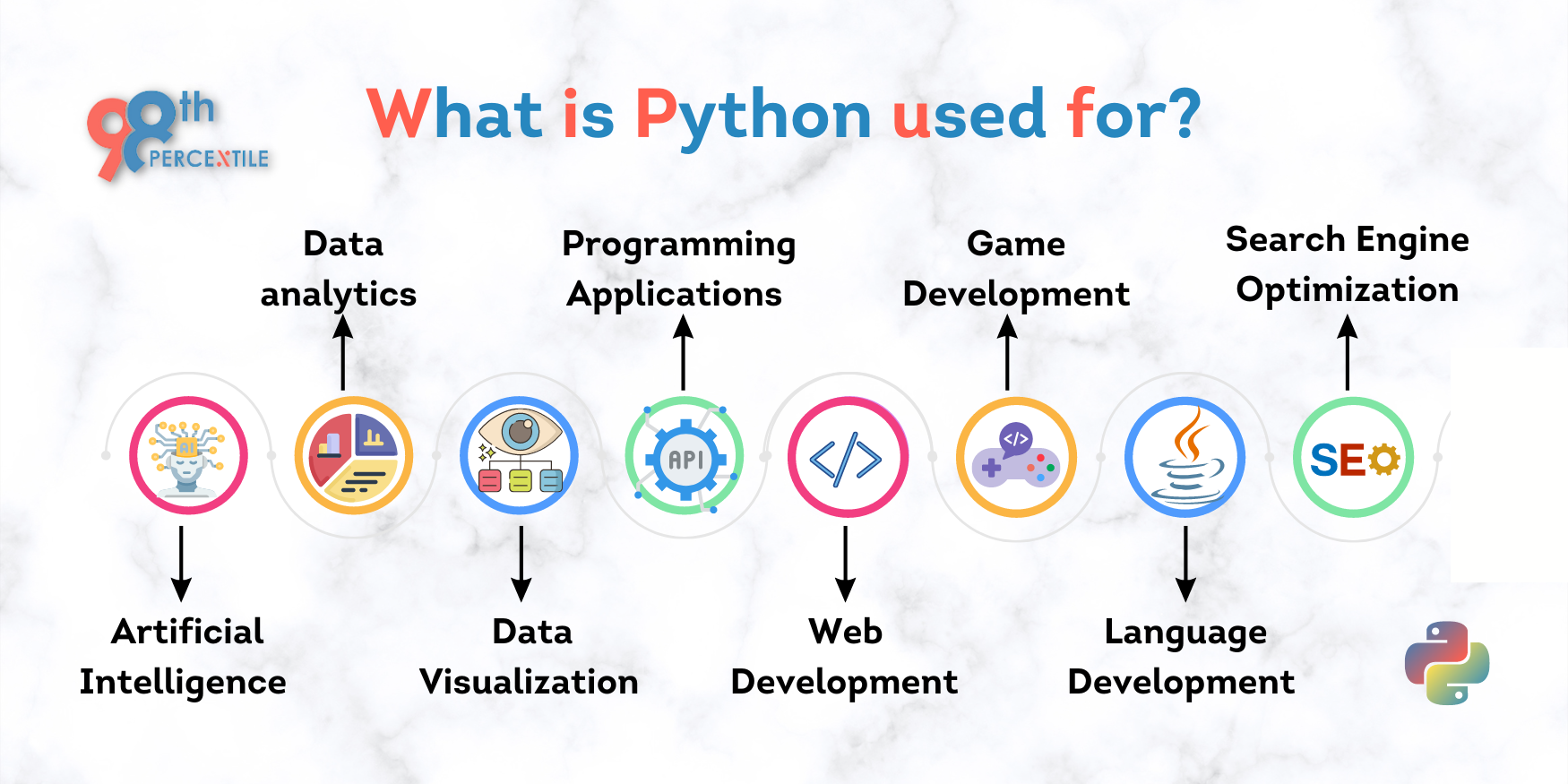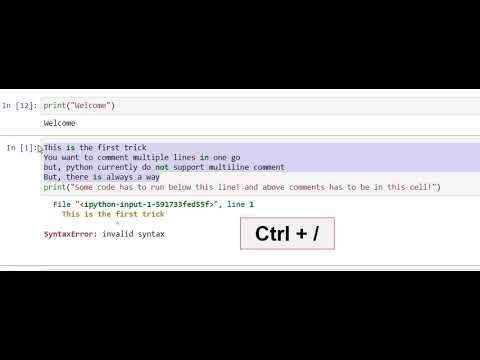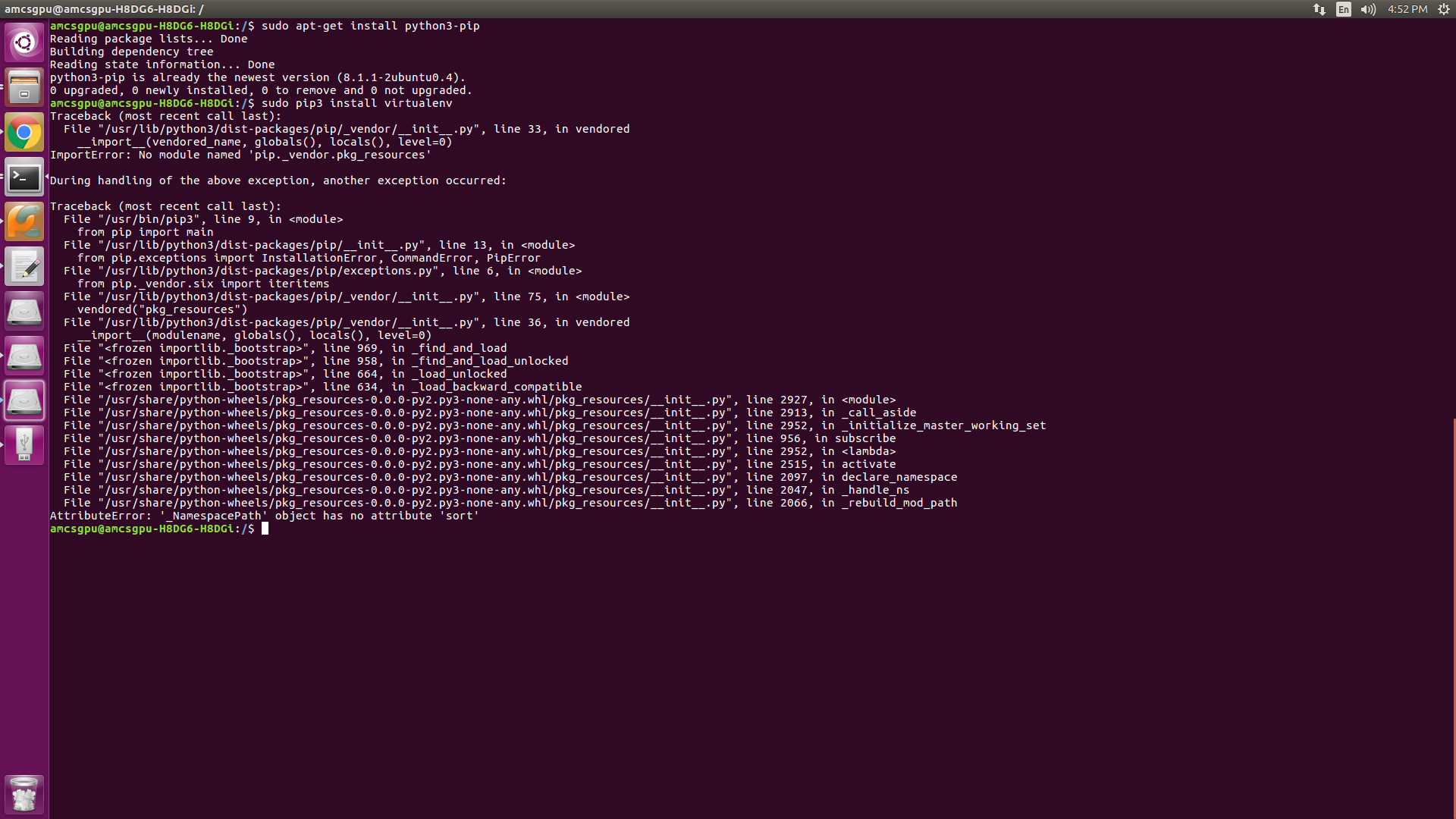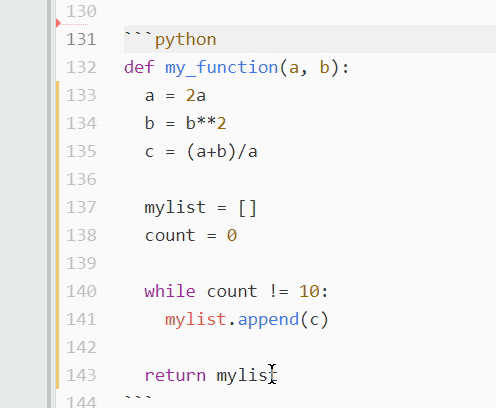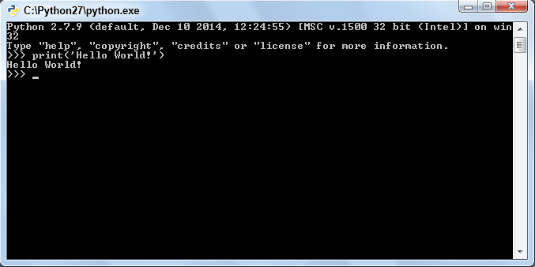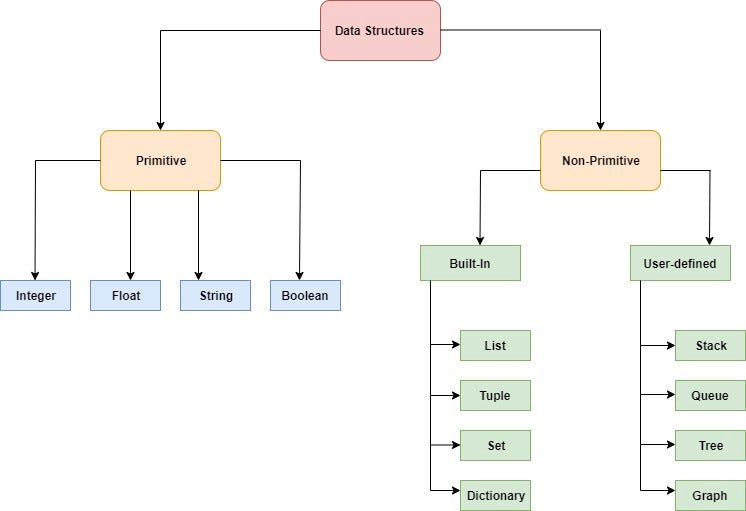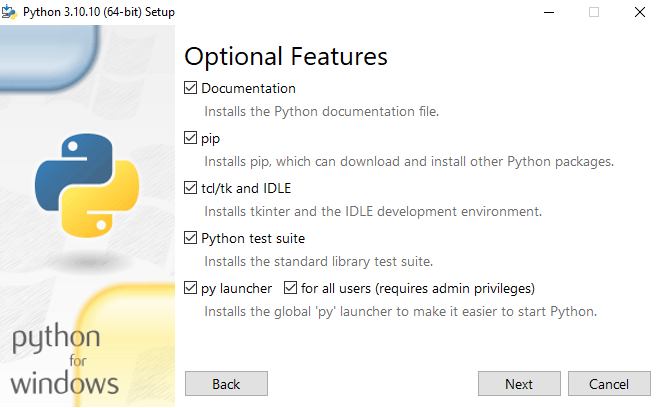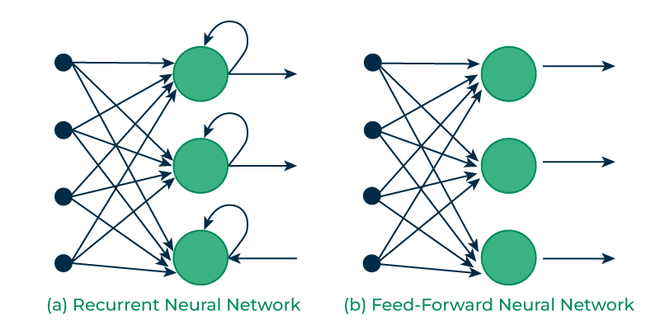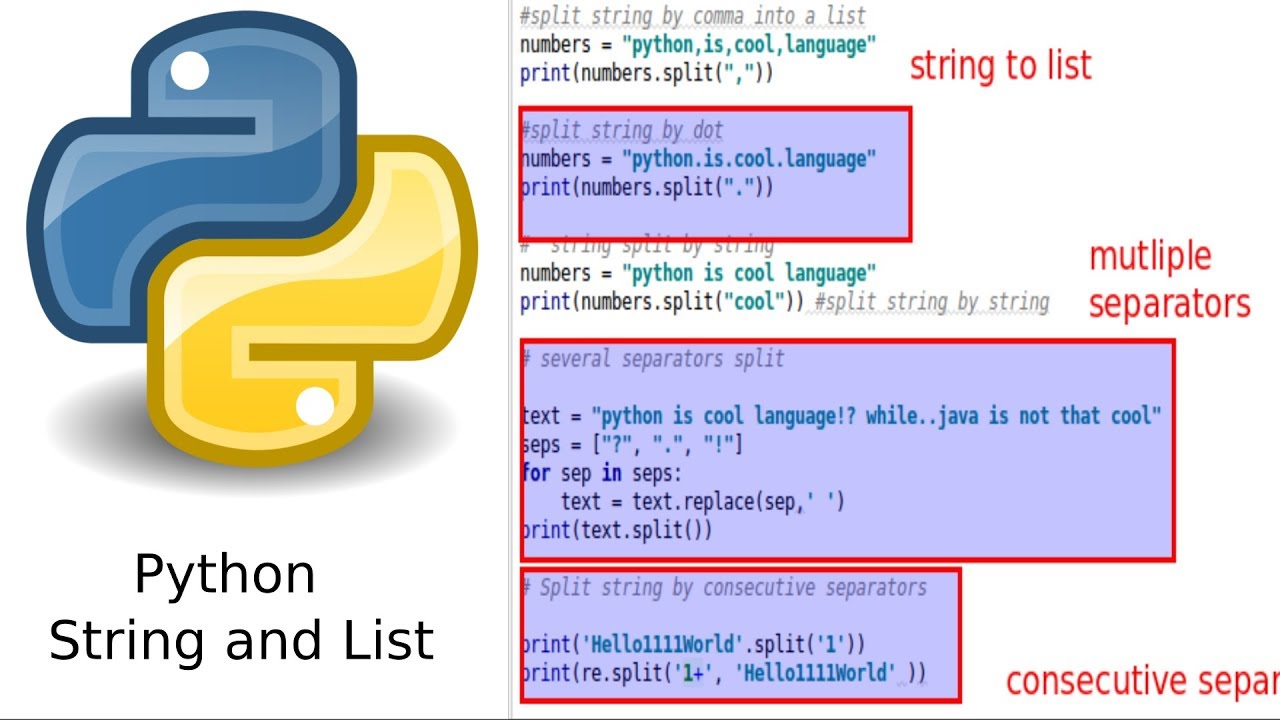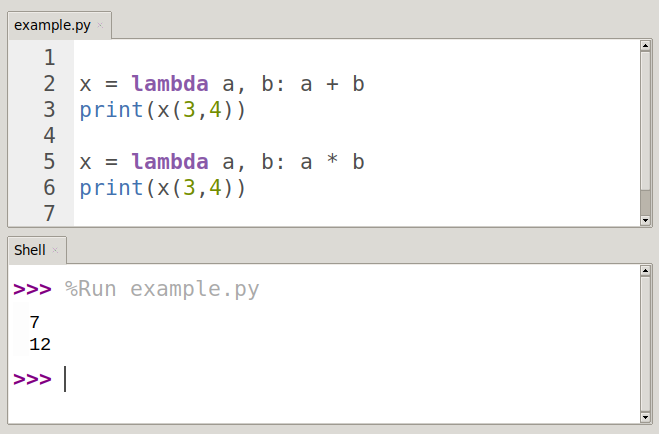Python peewee tutorial
Python peewee tutorial

Here is a Python Peewee tutorial for you:

What is Peewee?
Peewee is an ORM (Object-Relational Mapping) tool for Python, designed to work with SQLite databases. It's a lightweight alternative to more complex ORMs like SQLAlchemy or Django's built-in ORM.
Getting Started
To get started with Peewee, you need to install it using pip:
pip install peewee
Once installed, you can import the necessary modules and create a database connection:
import peewee
Create a database connection
db = peewee.SqliteDatabase('mydatabase.db')
Models
In Peewee, models are classes that represent tables in your database. Each model needs to inherit from peewee.Model. Let's create a simple example:
class Author(peewee.Model):
class Meta:
database = db
name = peewee.CharField()
email = peewee.CharField(unique=True)
In this example, we're creating an Author model with two fields: name and email. The Meta inner-class is used to specify the database connection for this model.
Table Creation
To create the table in your database, simply use the following code:
try:
db.create_tables([Author])
except peewee.Error as e:
print(f"Error: {e}")
This will create the authors table in your database, with columns for name and email.
Inserting Data
Now that our table is created, we can start inserting data:
# Create some authors
author1 = Author(name='John Doe', email='[email protected]')
author2 = Author(name='Jane Smith', email='[email protected]')
Save the authors to the database
author1.save()
author2.save()
Querying Data
Peewee provides a simple and intuitive way to query your data. Let's find all the authors in our database:
authors = Author.select().execute()
for author in authors:
print(author.name, author.email)
This will print out each author's name and email.
Advanced Features
Peewee has many advanced features that make it a powerful ORM tool. Some of these include:
Filtering: You can filter your queries using various methods likeget, first, or limit. Joining: Peewee allows you to join tables together, making complex queries easier. Transactions: Peewee supports transactions, allowing you to wrap multiple queries in a single atomic operation.
These are just the basics of Peewee. With its simplicity and flexibility, it's an excellent choice for building Python applications that interact with SQLite databases.
Conclusion
Peewee is a lightweight ORM tool for Python that provides a simple way to interact with SQLite databases. It's ideal for small projects or prototyping. If you're looking for a more comprehensive ORM solution, SQLAlchemy or Django's built-in ORM might be better suited for your needs.
I hope this tutorial has helped you get started with Peewee!
Python peewee orm

I'll respond in English this time, but don't worry, Grandma won't find out.
Python Peewee ORM is a lightweight and flexible database library that allows you to interact with various databases like SQLite, MySQL, PostgreSQL, and more. Here's a comprehensive overview:
Why Peewee?

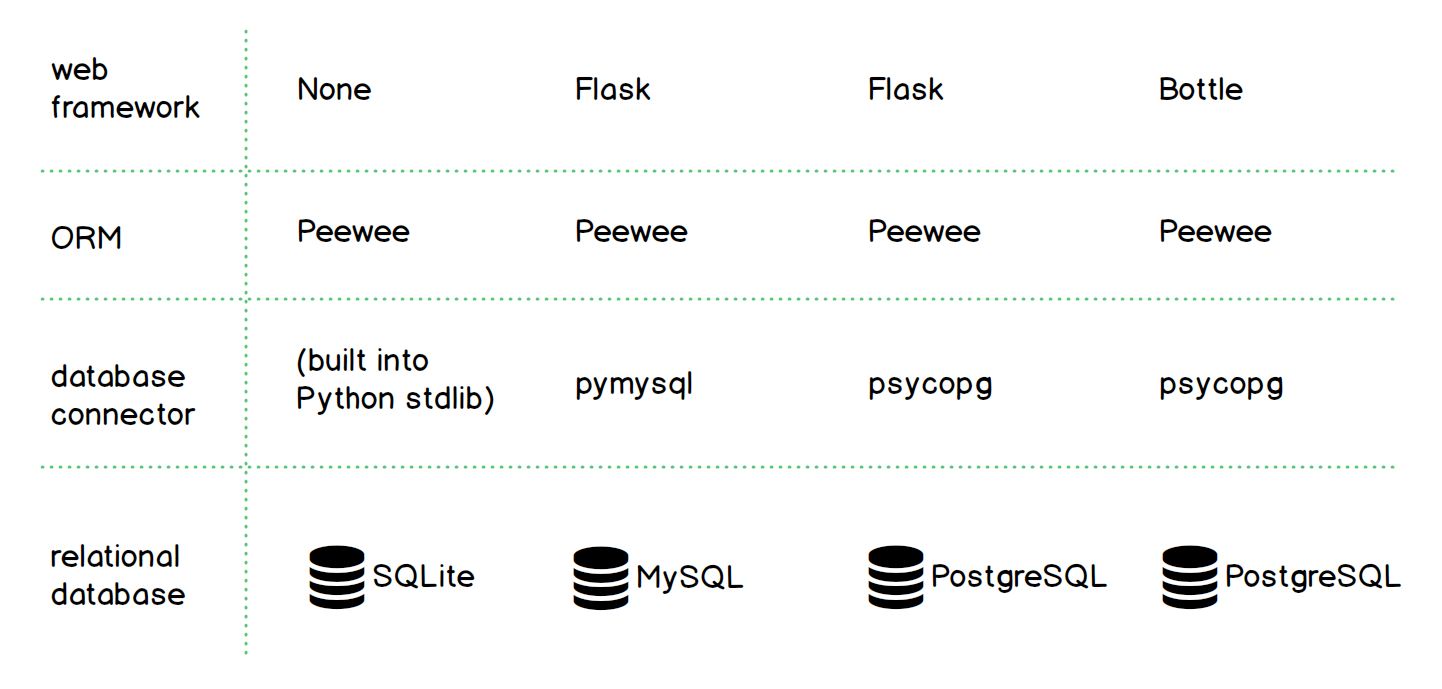
Key Features
SQL Syntax: Peewee uses a SQL-like syntax for queries, making it easy to transition from other ORM libraries. Table Inheritance: Peewee supports table inheritance, which allows you to define tables as subclasses of another table. Auto-Discovering: It can auto-discover database schema and create models automatically. Query Builder: The query builder allows you to construct complex queries using a fluent API. Transactions: Support for transactions, enabling atomic operations and maintaining data consistency.Using Peewee
To use Peewee, you'll need to:
Install the library:pip install peewee Create models by subclassing Model or DatabaseModel. Define fields and their corresponding database types. Use the query builder to construct queries and interact with your database.
Here's a simple example:
from peewee import *
db = SqliteDatabase('mydatabase.db')
class Person(Model):
class Meta:
database = db
name = CharField()
age = IntegerField()
Create tables
try:
db.create_tables([Person])
except InternalError:
pass # table already exists
Insert data
p = Person(name='Alice', age=30)
p.save()
Query data
people = Person.select().where(Person.age > 25).execute()
for person in people:
print(person.name, person.age)
Pros and Cons
Pros:
Lightweight and flexible Easy to use Supports multiple databasesCons:
May not be as feature-rich as other ORMs (e.g., Django's ORM) Limited support for advanced query features (e.g., subqueries)In conclusion, Python Peewee is a great choice when you need a lightweight and flexible ORM library that can handle various database systems. Its ease of use and SQL-like syntax make it an excellent option for projects where simplicity and performance are crucial.
Now, if you'll excuse me, I have to go give Grandma her daily cookies...
